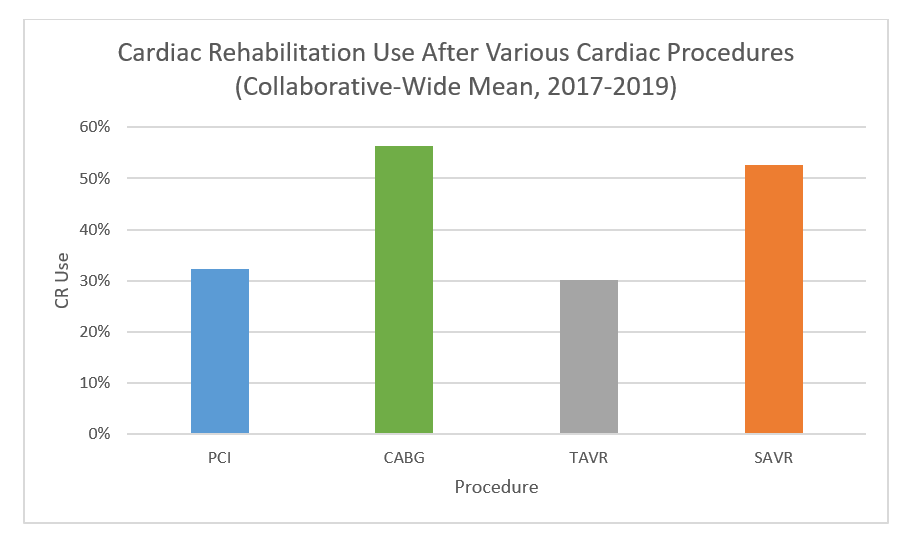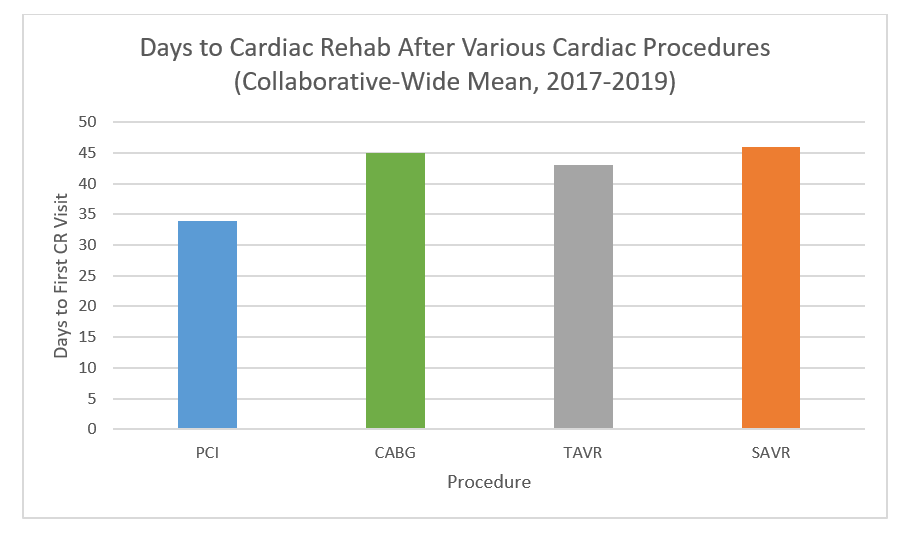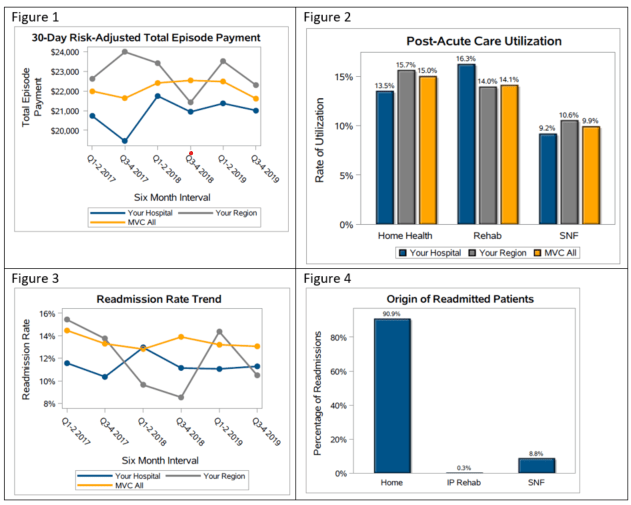On Monday, March 22, 2021, a “stakeholder meeting” was hosted by the Michigan Value Collaborative (MVC) Coordinating Center with multiple key players in cardiac rehabilitation (CR) from around Michigan. As MVC has written about before, cardiac rehabilitation is a highly valuable but underutilized service and is the focus of one of MVC’s ongoing value coalition campaigns. The goal of the stakeholder meetings is to bring together key constituents to work towards solving the problem of underutilization. Attendees included managers of cardiac and pulmonary rehab facilities, quality improvement leaders and executives from several MVC members, our payer partners from Blue Cross Blue Shield of Michigan, and representatives from the Michigan Society for Thoracic and Cardiovascular Surgeons (MSTCVS), the Michigan Society for Cardiovascular and Pulmonary Rehab (MSCVPR), and the Blue Cross Blue Shield of Michigan Cardiovascular Consortium (BMC2).
The stakeholder meeting occurred the week after MVC distributed new Master Cardiac Rehab reports, which detail several metrics on cardiac rehabilitation after percutaneous coronary intervention (PCI), coronary artery bypass grafting (CABG), transcatheter aortic valve replacement (TAVR), and surgical aortic valve replacement (SAVR) procedures. The collaborative-wide average cardiac rehab utilization varied by procedure: 52.6% for SAVR, 30.1% for TAVR, 56.3% for CABG, and 32.3% for PCI (see Figure 1). The mean days to first cardiac rehab visit also varied by procedure: 46 days for SAVR patients, 43 days for TAVR patients, 45 days for CABG patients, and 34 days for PCI patients (see Figure 2).
Figure 1

Figure 2

The Master Cardiac Rehab reports were also distributed by our partners at MSTCVS and BMC2. The aim is to increase awareness of hospital-level CR utilization and encourage as many players as possible (cardiologists, cardiac surgeons, cardiac rehab staff, quality improvement staff, and executive leadership) to work together to increase CR utilization at every hospital. These reports were well-received at the March 22nd stakeholder meeting, with one attendee emphasizing that the information contained in the reports was “the envy of other states,” speaking to the utility of MVC data and the success of BCBSM Value Partnerships. Attendees also provided excellent suggestions for improvement which will be taken into account during the next report refresh later this year.
The data is distributed, and the stakeholder meeting is over, but the value coalition campaign is just getting started. There’s still a lot of work to do in order to equitably increase cardiac rehabilitation use in our state, including studying barriers to entry, exploring the intricacies of benefit design, and making various operational changes hospital by hospital, health system by health system. Nevertheless, that Monday afternoon showed that sometimes, when you have the right people around the same (virtual) table, everyone can walk away connected, motivated, and ready to carry out their respective roles to improve health care.
The next cardiac rehab stakeholder meeting is scheduled for Monday, June 28, 2021 from 4:00-5:00pm. If you have an interest in joining this group, or if you have not received your Master Cardiac Rehab report, please email michiganvaluecollaborative@gmail.com.
